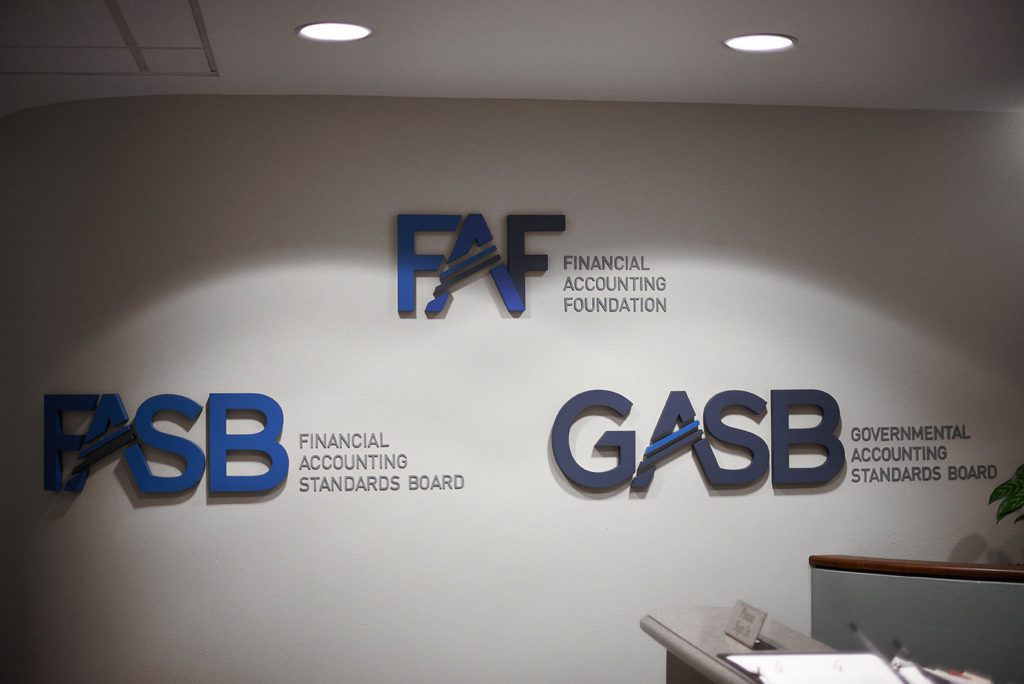FASB proposes discount rate guidance for nonpublic lessees

The Financial Accounting Standards Board released a proposed accounting standards update Wednesday with the goal of improving the discount rate guidance for lessees that are not public businesses, such as private companies, not-for-profits and employee benefit plans.
The proposed update aims to reduce the expected cost of implementing the leases standard for entities while retaining the expected benefits for users of financial statements. The standard, often referred to as Topic 842 or ASC 842 because of its position in the Accounting Standards Codification, currently gives lessees that are not public business entities a practical expedient that permits them to make an accounting policy election to use a risk-free rate as the discount rate for all leases. FASB originally offered this practical expedient to relieve lessees from the need to calculate an incremental borrowing rate, which could lead to unnecessary costs and complexities.
However, some private companies have told FASB they’re reluctant to use the risk-free rate election for all their leases. They pointed out that in the current economic environment, a risk-free rate (such as a U.S. Treasury rate) is low compared with their expected average incremental borrowing rates, and that using the risk-free rate election could increase an entity’s lease liabilities and right-of-use assets.

Courtesy of GASB
To deal with such concerns, the amendments in the proposed update would permit lessees that are not public business entities to make the risk-free rate election by class of underlying asset, instead of at the entity-wide level. The guidance also would require that, when the rate implicit in the lease is readily determinable for any individual lease, a lessee would use that rate (instead of a risk-free rate or an incremental borrowing rate), regardless of whether it has made the risk-free rate election.
The leasing standard would put operating leases on the balance sheet of most companies for the first time. Many private companies have been slow to adopt the leases standard after seeing the difficulties that public companies faced when they were required to adopt the new standard in 2019. Last year, in response to the pandemic, FASB delayed the effective date of the leases standard for private companies and nonprofits until the end of the year, but the date is fast approaching (see story). The effective date will now be for fiscal years starting after Dec. 15, 2021, and interim periods within fiscal years beginning after Dec. 15, 2022.
The proposed update on discount rates gives private companies additional flexibility. “While ASC 842 already provided an optional practical expedient for private companies (not available to public companies) by allowing them to utilize a risk-free rate (RFR) as the discount rate for the entire lease portfolio, private entities requested that the RFR election be applied at the asset class level,” said Melissa Sack, director at LeaseQuery, a lease accounting software company. “The FASB responded by issuing this exposure draft which does just that: allows private companies to strategically apply discount rate guidance by making the RFR election at the asset class level, instead of requiring them to utilize it entity-wide.”
She noted that discount rates are a vital part of ASC 842 because they directly affect the lease liability recorded on the balance sheet. “Prior to ASC 842, all operating leases were off balance sheet,” said Sack. “ASC 842 brings the majority of leases onto the balance sheet by requiring lessees to record a lease liability and related right-of-use asset for both operating and finance leases. Public companies (and those private entities who don’t take advantage of this practical expedient) are required to use the incremental borrowing rate (IBR) as the lessee’s discount rate. Incremental borrowing rates are much more complex and determination of the IBR is not straightforward. So, essentially, what this proposal does is ease the transition to ASC 842 for private companies by expanding the application of the RFR.”
If private entities choose to apply the RFR practical expedient by asset class, it must be an accounting policy election and consistently applied across the company’s lease portfolio, she noted. “These companies would also be required to disclose which asset classes utilized the RFR as the discount rate and which utilized the incremental borrowing rate as the discount rate,” said Sack. “This proposal impacts all private entities, both those who have early adopted the new guidance and those who have not yet transitioned to ASC 842.”
FASB is asking for comments on the proposed update by July 16, but Sack expects the final guidance will be issued by FASB ahead of the looming deadline for private companies.


